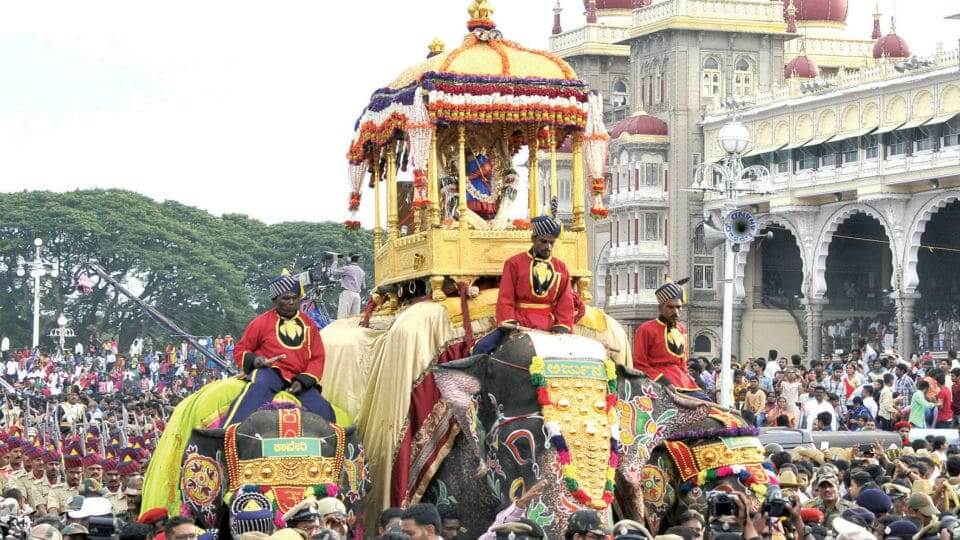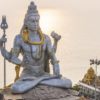One of the most awaited hindu festival grandly celebrated across India is Navratri followed by Dussehra. It is a ten day festival wherein celebrations include worshipping of various forms of Goddess Durga, processions, regional dances, various exhibitions and many more. This year it starts from 10th October to 19th October, 2018.
Dandiya and Garbha are the dance forms practised across every nook and corner of Gujarat, Maharashtra. It is called Bathukamma in Telangana and kolatam in Andhra Pradesh. While Pandals, big statues of Durga are placed and worshipped were confined to West Bengal, they are now arranged in many parts of the country. Ram Leela is famous in many parts of North India.
The legend states that Goddess Durga fought against the demon, Mahishasura and emerged victorious. This success of good over evil has been signified and celebrated each year in the Ashwin month of hindu calender. It is the grand festival in almost all the states of the nation.
Dasara called as Nadahabba is the state festival of Karnataka, India. It is magnificently celebrated in the Mysore city. Festivities were evident to begin in Mysore since the 15th century by the Vijayanagar Empire Kings. Every year, the historical monument, Mysore Palace is lit up with about one lakh lamps with the best lighting decors. A royal assembly called the special durbar is held each day. The tradition begun since 1805 when the king, krishna wadeyar III conducted it and was attended by the members of royal family, special invitees, officers and masses. In December 2013 the kin, Srikanta Wadiyar passed away leaving the throne empty. This tradition has been continued by placing the “Pattada Katti” (royal sword) on the golden throne. On the ninth day of navaratri, significantly called as Mahanavami the royal sword is worshipped and taken on a procession using elephants, camels and horses.
Various concerts are held in innumerable auditoriums across the city. Across the globe, skilled artists, dancers, musicians are invited to showcase their art forms. This is a platform for artists to grab the opportunity to exhibit their talent. Common people have a blast attending such concerts.
In 1880, Mysore Maharaja, Chamaraja Wodeyar X wanted to use this opportunity to educate the people of Mysore with latest developments all over. With this good desire, he started to conduct exhibition in the state. It is now entrusted to the Karnataka Exhibition Authority to conduct the same every year. The exhibition now hosts huge number of stalls varying from clothes, accessories, household items, stationary, books, food, snacks, furniture, decorating items and many more.
Whole celebrations come to an end on the evening of tenth day of Dasara, Vijaya dashami with a royal procession called Jumboo Savari. A trained elephant is chosen for this day. Goddess Chamundeshwari is placed on a golden porch, called mantapa. The porch is designed with the experts using 750 kilograms of gold which is placed on the top of a decorated elephant. The procession is held on a 5km stretch from Mysore Palace to Bannimantap, place where banni tree is worshipped. Musical and dance troops form the major part of the procession.
Mysore is a must go place to visit during the Dasara festive.



